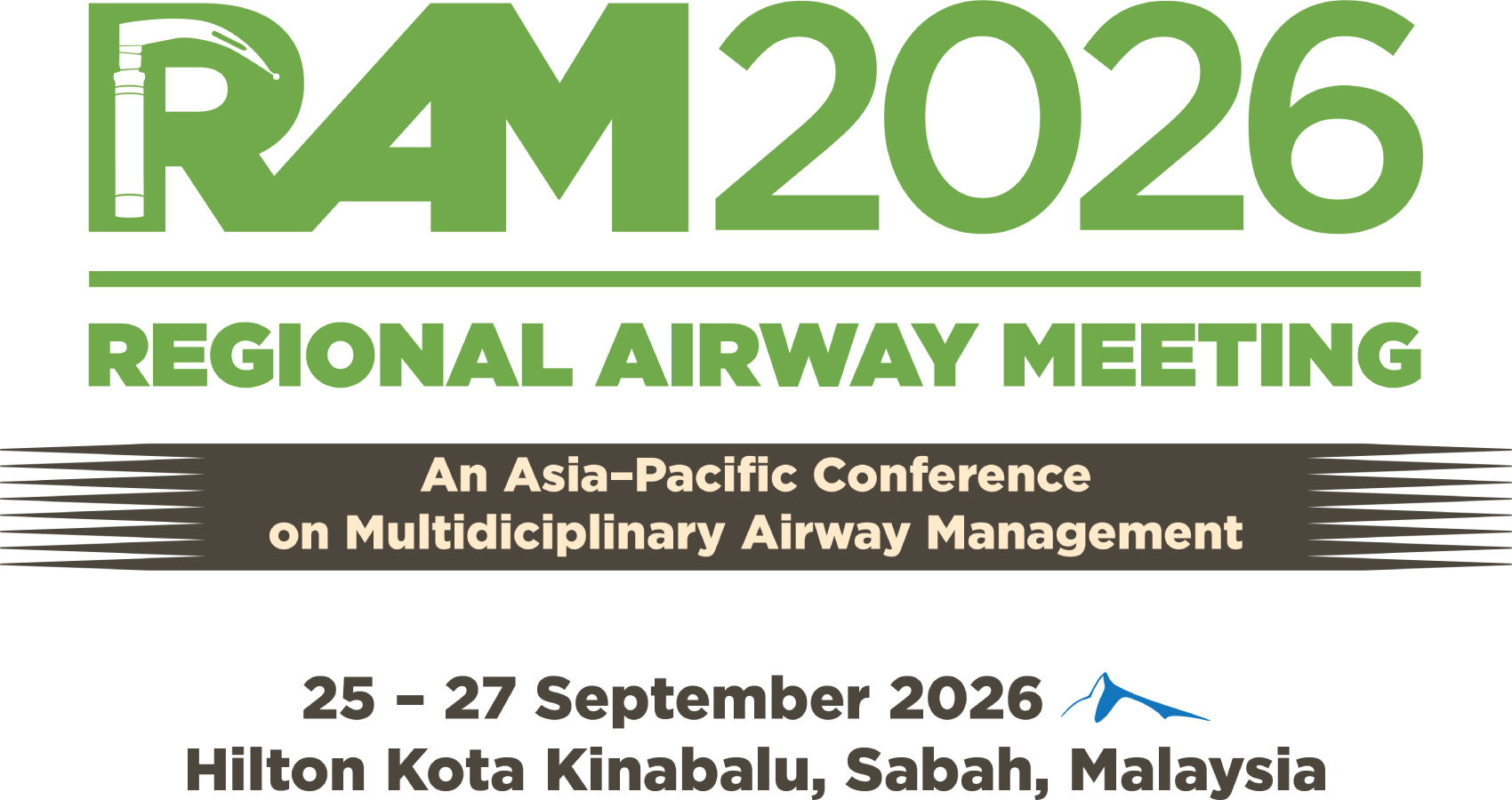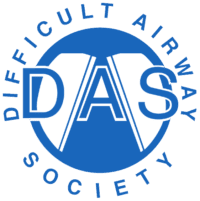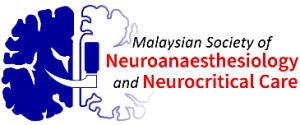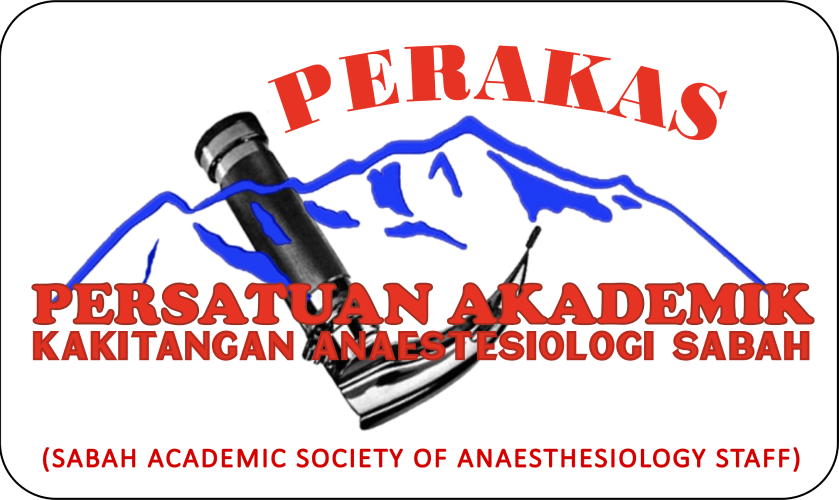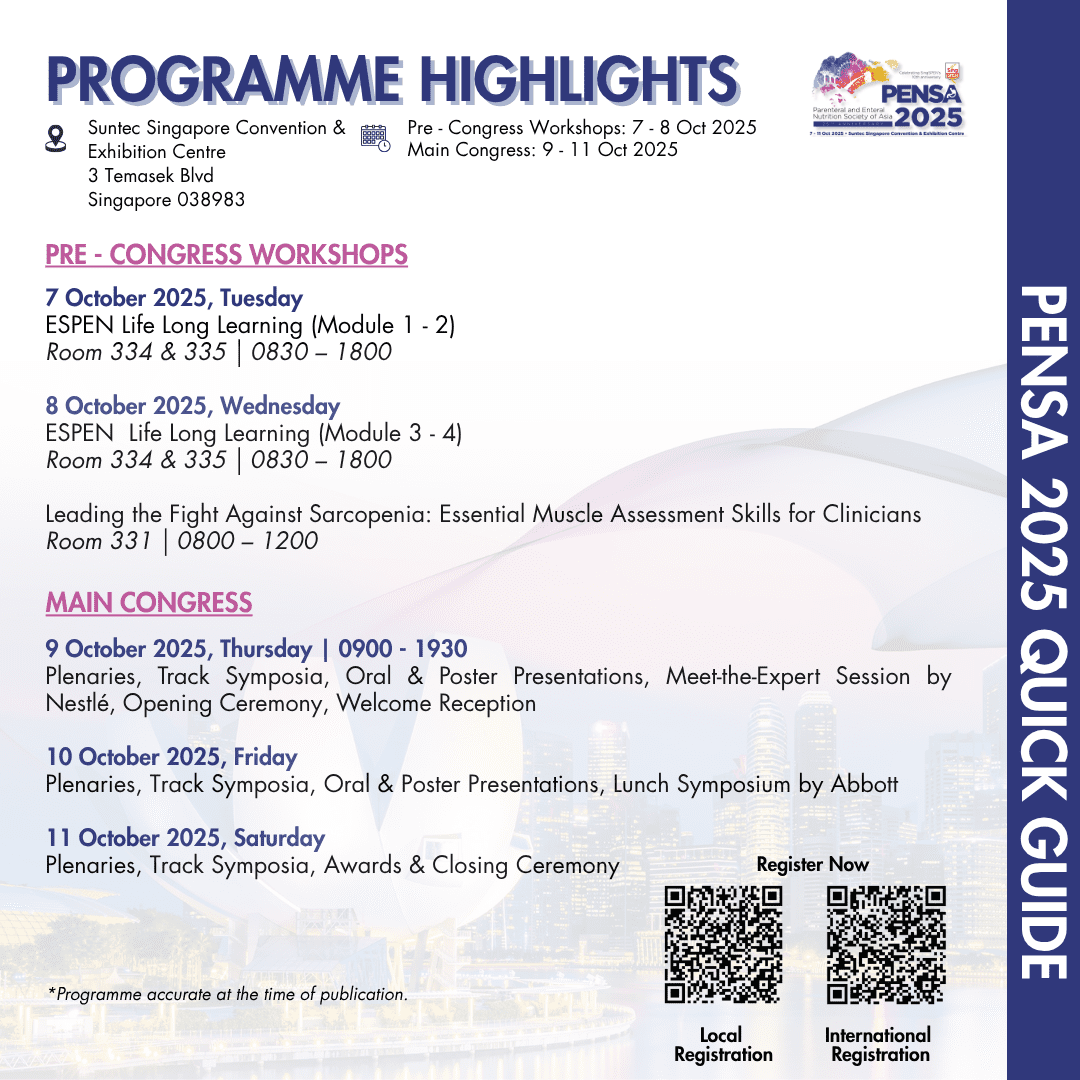| Details |
Date: 25 September 2026, Friday
Time: 0800 – 1700 (GMT+8)
Capacity: 120 participants |
| Workshop Coordinators |
Dr Gunjeet Dua (United Kingdom)
Dr Imelda Kong (Malaysia)
Dr Mohd Faizal Bin Mohd Hisham (Malaysia)
Dr Yeap Boon Tat (Malaysia) |
| Synopsis |
Welcome to the 'Airway Mastery Workshop', a focused and practical training programme designed for doctors wishing to enhance their skills in airway management. This workshop offers participants a thorough understanding of the latest techniques, technologies, guidelines, and best practices, with the aim of ensuring optimal patient outcomes across a wide range of clinical scenarios. |
| Key Highlights |
Expert-Led Sessions
Engage with world-renowned experts in the field of anaesthesiology, critical care, and emergency medicine. Our faculty comprises pioneers and thought leaders who will share their extensive knowledge and practical insights through interactive case discussions and hands-on demonstrations. |
| Clinical Decision – Making Challenges
Navigate through realistic case scenarios designed to challenge your clinical decision-making skills. Gain insights into the complexities of airway management in various patient populations, including paediatrics, trauma, and the critically ill. |
| Networking Opportunities
Connect with peers, mentors, and industry leaders during dedicated networking sessions. Share experiences, exchange ideas, and build a strong professional network that extends beyond the workshop. |
| Certification and Continuing Education Credits
Participants will have the opportunity to earn certifications and continuing education credits, validating their commitment to excellence in airway management and contributing to their professional development. |
| Programme |
1. Fibreoptic Intubation Skills
- Knowledge of flexible bronchoscopes (sizes, appropriate tube sizes, basic physics, parts, manoeuvrability, attachments, preparation, care, and sterilisation); accessories including camera and monitors; portable battery-operated versus disposable versions.
- Understanding of indications, contraindications, advantages, and disadvantages of flexible bronchoscopes.
- Latest updates and recommendations on flexible bronchoscopy.
- Patient preparation (including relevant anatomy, anaesthetising the airway, and sedation options).
- Fibreoptic intubation via nasal and oral routes on mannequins.
|
2. Supraglottic Airway (SGA) and Intubation through SGA
- Knowledge of different types of SGAs and their respective advantages and disadvantages, as well as their indications and contraindications.
- Hands-on practice of SGA insertion on mannequins, including confirmation of correct placement.
- Discussion on the use of SGAs in special clinical situations (e.g. obese patients, controlled mechanical ventilation, and risk of gastric aspiration).
- Skills training in endotracheal intubation with a flexible scope via an SGA.
|
3. Videolaryngoscopes
- Overview and understanding of the advantages and limitations of different types of videolaryngoscopes (channelled vs non-channelled).
- Identification of relevant anatomy using videolaryngoscopes.
- Practical tips for troubleshooting common problems encountered during videolaryngoscopy.
|
4. Emergency Front of Neck Access (FONA)
- Review of the latest guidelines and recommendations regarding FONA.
- Overview of the indications, preparation, and techniques.
- Skills training to identify the cricothyroid membrane and relevant anatomy.
- Hands-on practice of FONA techniques on mannequins.
|
| 5. Ultrasonography of the Airway and Gastric System
Overview of the sonoanatomy of the upper airway.
Applications of ultrasonography in airway management, including:
- Assessment of the diameter of the upper subglottic airway and prediction of endotracheal tube size.
- Prediction of difficult laryngoscopy in obese patients.
- Confirmation of endotracheal versus oesophageal intubation, and placement of double-lumen tubes.
- Detection of laryngeal mask airway (LMA) position.
- Guidance for elective transtracheal cannulation and emergency cricothyrotomy.
Use of gastric ultrasonography in assessing a patient's aspiration risk. |
6. Paediatric Airway
- Understanding of normal paediatric airway anatomy and prediction of difficult airways.
- Preparation and processes involved in performing intubation.
- Recognition of common problems during paediatric intubation and their solutions.
- Knowledge and hands-on practice of LMA and videolaryngoscopy using paediatric mannequins.
- Application of basic principles and advanced techniques in simulated paediatric airway scenarios (1–2 cases).
- Knowledge and practice of fibreoptic intubation in paediatrics.
|
7. Case Discussion
- nteractive discussions with airway experts on real-life case scenarios contributed by both participants and facilitators.
|
